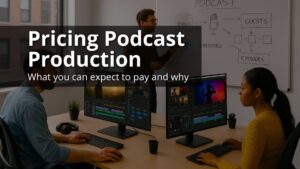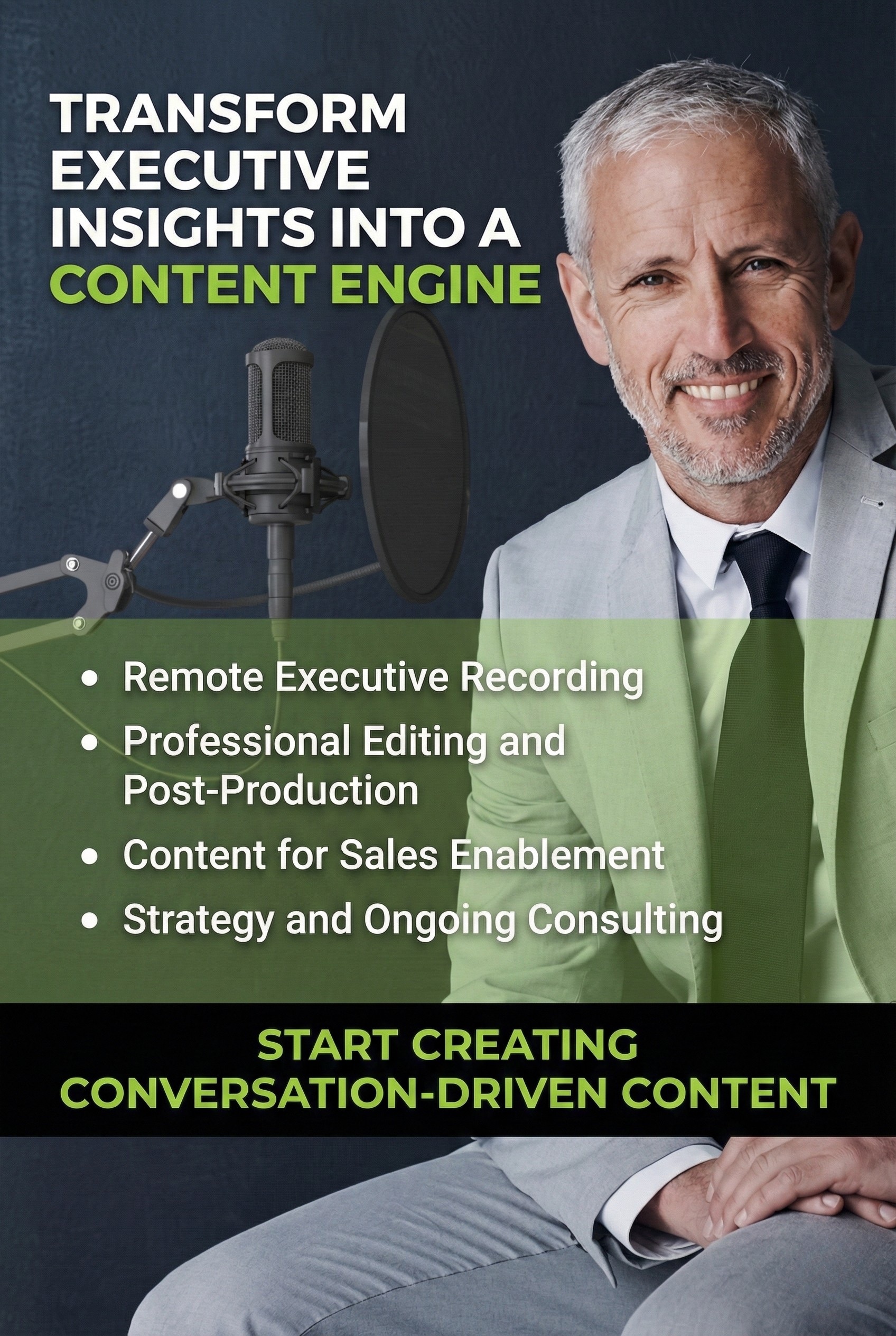With the increase in popularity of live videos, brands and professionals will inevitably need a remote live video producer to produce and broadcast their events and presentations. Streaming video has become a standard way to share ideas, information, and expertise.
Whereas Over The Top (OTT) used to be a term reserved to describe broadcasts served over the internet for entertainment purposes, the production and transmission of live video now can begin and end in our homes.
The trend results from the need for more online content and the travel restrictions ushered in during the COVID-19 era. Professionals and brands have no choice, but to look into the production of high-quality live content to keep up with this new wave. Physical now gets more digital for anyone who runs events in a bid to make up for the invaluable face-to-face interactions.

With that in mind, live streaming is no doubt an unbeatable way to increase reach. Its advantages over recorded videos include instant engagements with participants through live chats and Q&A sessions.
Apart from content quality, the success of a live stream video depends on two other factors, your ability to produce a high-quality video and the ability to hook your audience without much trouble.
These are challenges that you can solve by hiring a remote live video producer.
What Is a Remote Live Video Producer?
A remote live video producer is a person who is responsible for the execution of the technical and broadcast aspects of live streaming. Often, this professional acts on behalf of another person or brand, and is not a participant or content contributor in the live stream.
As the name suggests, a remote producer efficiently facilitates the live video production from a virtual production room. The producer greets guests and controls who is on the screen and when.
And like in conference platforms such as Zoom, WebEx, Skype, and BlueJeans, the participants of live video events can be anywhere in the world using their own cameras and studio.
What Are the Functions of a Remote Live Video Producer?
Live video production or live virtual presentations can be a big mess without the right preparation and expertise.
But by contracting an excellent remote live video producer, you find a professional who helps you manage all the possible challenges behind the scenes to ensure that everything runs smoothly.

A remote live video producer can perform the following functions:
1. Assist With Pre-Event Promotion
Whether you intend to stream on YouTube, Facebook, Instagram, LinkedIn, or on a private CDN, the ideal way to get a lot of viewers for your live video is to create sufficient awareness about it.
Remote live video production companies have experienced digital marketers who can provide creative ways to help spread the word about an upcoming live video event, webinar, or event to prospective clients. Thus, people will be waiting for the event by the time you are online.
2. Pre-Production
While most virtual event organizers focus only on the content and the event itself, the success of a virtual event also relies on the pre-production aspects of the live event.
An excellent remote live video producer will handle this aspect comprehensively by organizing the required videos, audios, and graphics that you will need. The objective is to have a flawless production when the cameras come on.
3. Choosing the Right Tech Equipment
Producers will help you and event participants get the most out of their existing equipment, such as laptop configurations, web cameras, internet connection requirements, and the best ways to capture clear audio. Whether your participants have only a laptop with a built-in camera or a full-blown home studio, the remote producer will be able to guide them in connecting to your video event in the best way.
4. Choosing an Ideal Live Production Tool
A producer will choose whether to go web-based or studio-based.
While Zoom, WebEx, Skype, and BlueJeans are okay for video conferences, they fall short on many features when it comes to live events. They will limit you to a single channel/destination, and there are limits as to which channels each platform can reach. Plus, the broadcast will look like a video conference call rather than an event.
Thus, although not designed for it, some remote live video producers can utilize these platforms to connect presenters to live events easily. A producer will advise you on which live production technology works best for your event, broadcast destinations, participants, and audience.
5. Live Execution of the Video
Finally, a remote producer sits in the virtual production room during the event or presentation. In the control room, the producer performs every action to ensure that the production runs smoothly. The producer can control who is on the screen and when. They can create multi-camera, on-screen combinations and manage what audio is on broadcast at any given time.
What Are the Benefits of Having a Remote Live Video Producer?
With the rise of live stream video content, the need to produce high-quality videos is on the rise. This trend won’t stop anytime soon, particularly with studies indicating that one in every five Facebook videos is now live.
To match the audience’s expectations for quality, you will undoubtedly need the services of a remote producer whose overall aim is to add value to your video in terms of picture quality, synchronization, and engagement.
The benefits of having one include;
- The privilege to enjoy expert preparation as you focus on creating content.
- You get an expert who is dedicated to live-switching as you concentrate on your camera.
- A live producer is tech-savvy and conversant with multiple web video platforms.
- A person who is capable of handling any hiccups that may arise.
How Does Remote Live Video Production Work?
In virtual production, or remote integration model (REMI), capturing content happens in a remote location(s) while production occurs at the main studio elsewhere.
The process can be entirely web-based. Alternatively, participants establish a connection to the producer’s software or a hybrid of the two. However, in both methods, there’s always a person who is in charge of production.
Web-Based Production
In this method, the videos captured are sent directly into a web-based studio managed by the producer such as StreamYard or ReStream. Participants may connect directly into the web-based studio, or the producer may utilize popular conference software such as Zoom, Microsoft Teams, or Skype to gather the incoming videos. Once collected into the web-based studio, the remote live video producer can rebroadcast to multiple destinations like YouTube, Facebook, LinkedIn, or the client’s website.

Pros:
- The producer can control who is seen and heard on screen and when
- The producer can add creative elements such as overlays
- Less expensive
- Easier to connect to popular social streaming destinations
- Easier for participants to connect
- Allows some additional content injections such as video and audio playback
- The show goes on even if a connection is lost from the producer or any of the guests
- Additional content does not cause a load on producers’ bandwidth or hardware
Cons:
- Limits in screen layout options
- Limits in additional content injections
Studio-Based Production
With this method, a producer decides on a studio-based platform that every participant connects to before the producer rebroadcasts the media.
Platforms such as Wirecast, Livestream Studio, Tricaster, vMix, and OBS, among others, provide more value to your production and control of what will be seen or heard.

Pros:
- More styling and branding options may be available
- More control over additional content elements such as replays and audio playback
Cons:
- This requires greater bandwidth on the producer’s end
- It is at the mercy of the producer’s internet connections
- It can be costly hence typically reserved for significant TV type events
Conclusion
Remote live video production continues to rise in popularity. Industry experts credit this trend to the increasing need to transform physical events into digital events for bigger audiences. Live videos improve engagements through live chats, questions from your audience, and come in handy when you need to share your event’s proceedings.
However, if you are new to this concept, you may need professional help from a seasoned professional.
Do you need to learn more about remote live video production? Contact Content Monsta for consultation.
- How Much Does it Cost to Hire a Podcast Production Company?A quick breakdown of what it should cost to hire a podcast production company to help you with your podcast production and promotion.
- 36 Video and Podcast Content Frequently Asked QuestionsExpert answers to remote podcast and video production questions. How remote recording works, options for support, pricing, ROI, and analytics.
- AI + Human Powered Content Marketing: Speed Without the AI SlopFAST, CHEAP, and GOOD. You can have them all. Speed keeps …







